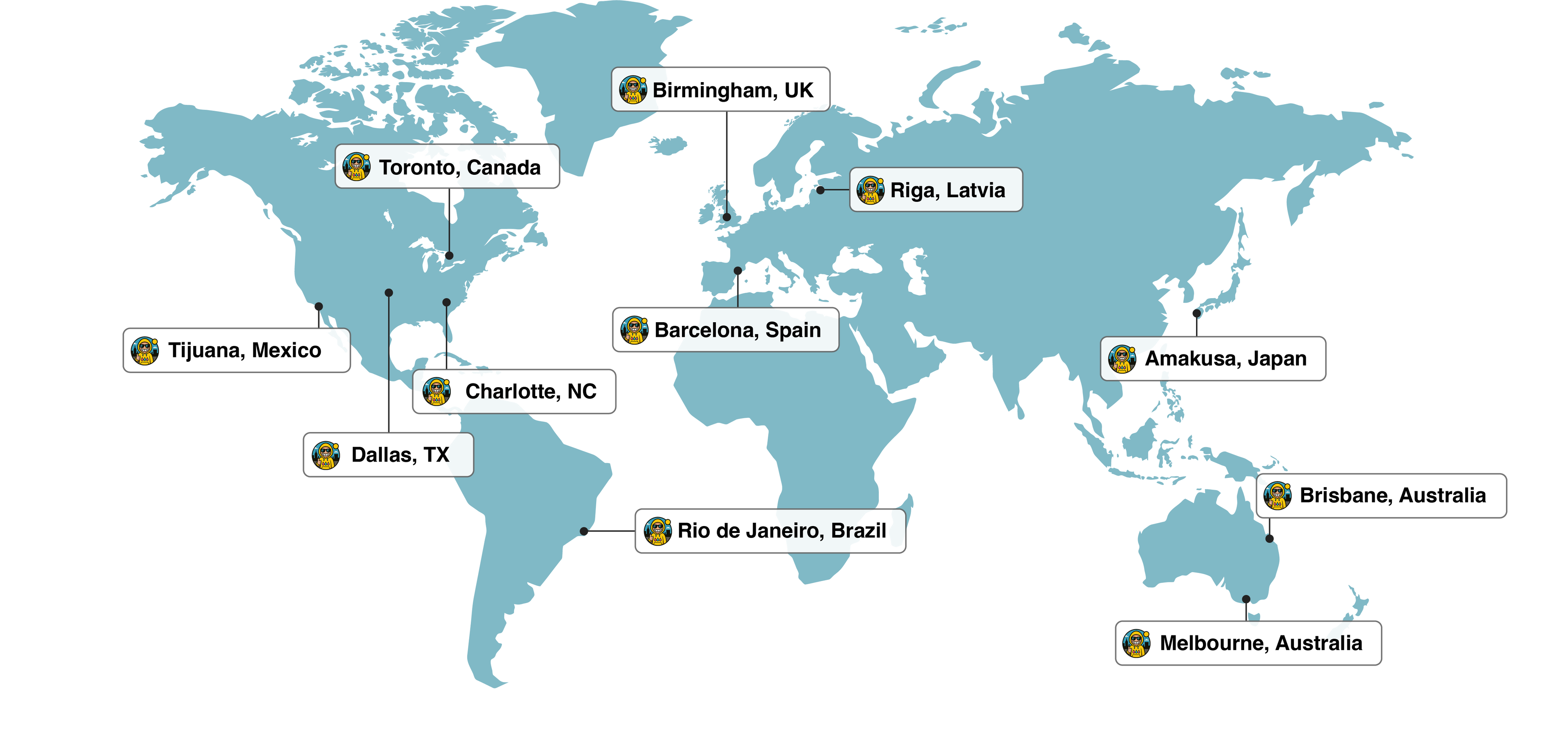Introduction
In recent years, the production of biofuels from algae has received a lot of attention because this solution can help reduce dependence on petroleum and allows energy to be produced even at home, perhaps with small DIY systems. However, to achieve good results, it is essential to choose the algal species best suited to producing oil—the "fuel" that will later be converted into biodiesel.
The Most Commonly Used Microalgae
Chlorella vulgaris
Among the most studied and widespread microalgae is Chlorella vulgaris. This alga is appreciated because it can be easily grown in freshwater, even at home, and grows quickly, whether exposed to light or supplied with organic nutrients. Under certain conditions of "stress" (for example, a lack of some nutrients), it manages to accumulate a large quantity of oil, even more than 45% of its dry weight. For this reason, it is ideal for those who want to produce biofuel simply. Furthermore, it is easily available both in online aquarium stores and in university laboratories that work with algal cultures.
Nannochloropsis
Another very popular species is Nannochloropsis. This alga usually lives in brackish or marine water but also adapts well to small home systems. It is particularly valued because, when it is "stressed" (for example, by reducing nitrogen in the water), it can reach an oil content of up to 60–70% of its dry weight. In addition to the quantity, the oil from Nannochloropsis is also of high quality and suitable for producing stable, efficient biodiesel.
Scenedesmus obliquus
Scenedesmus obliquus is a very resilient microalga, capable of capturing carbon dioxide (CO₂) efficiently. If cultivated in the right conditions, it can also reach around 60% oil by dry weight. It prefers freshwater and intense but consistent light. Thanks to its robustness, it is an interesting choice for beginners who want to gain experience with green biofuel production.
Auxenochlorella protothecoides
A fourth interesting species, especially for those who want to experiment with cultivation without light (heterotrophic cultivation, by adding sugars or glycerol), is Auxenochlorella protothecoides. This alga can also accumulate more than 50% oil and is also studied for its ability to help treat domestic wastewater while producing useful biomass for biodiesel production.
Home Cultivation and DIY Photobioreactors
For those who want to try cultivating algae at home, there are now many tutorials and DIY projects for building a photobioreactor. Transparent bottles, plastic tubes, air pumps, and LED lights can be used to create the ideal environment. Some experimenters even add small solar panels to make the system independent from the power grid. The important thing is to keep the algae moving, provide adequate light, and maintain the temperature between 20 and 30 degrees Celsius.
Oil Extraction and Biodiesel Production
After the cultivation phase, the next steps are harvesting and extracting the oil. Usually, the biomass is dried and crushed, and then a solvent such as ethanol or methanol is used to separate the oil. This oil can then be transformed into biodiesel through a process called "transesterification," which can also be carried out on a small scale. If the process is done correctly, the oil yield can exceed 50% of the dry mass of the cultivated algae.
Challenges and New Technologies
Naturally, there are also some challenges. You need to find the right nutrient balance, ensure good lighting for the cultures, and pay attention to overall energy consumption. However, new techniques such as ultrasonic extraction or the use of enzymes are making these operations much easier, even for those working at home or in small labs.
Where to Find the Best Strains
To find the best strains of algae, you can look for specialized online suppliers or contact universities and research centers that maintain collections of certified microalgae.
Conclusions
In summary, choosing the right species and applying the correct techniques allows even students and enthusiasts to produce biofuel in an innovative and sustainable way. With some practice, home production of biodiesel from microalgae is a concrete possibility and within reach for anyone who is curious and motivated.


